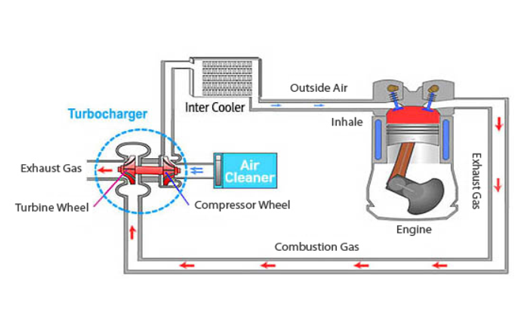
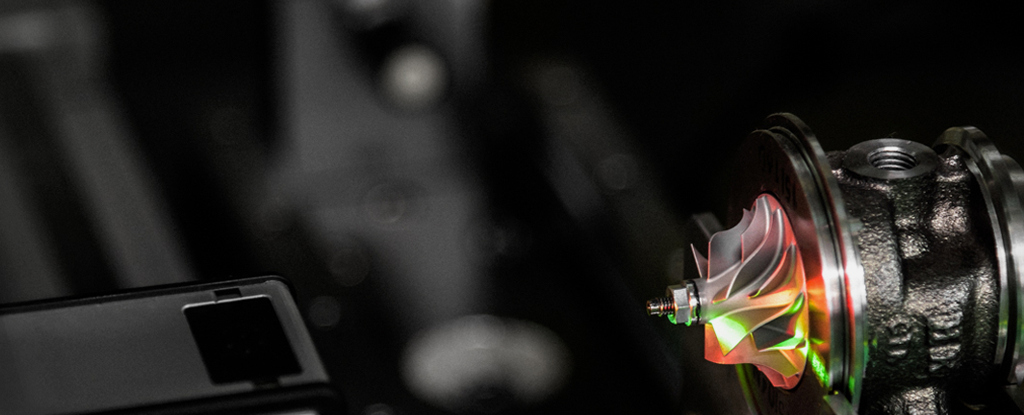
 Products
Products  Turbochargers
Turbochargers
Turbochargers

A turbocharger reuses exhaust gas to rotate the turbine and compressor wheels. The rotational energy from the turbocharger compresses the air and supplies it back to the engine, ensuring all fuel is burned before being vented. The turbocharger provides more power to the engine, maintains a high level of fuel efficiency and decreases pollution.
Introduction
-
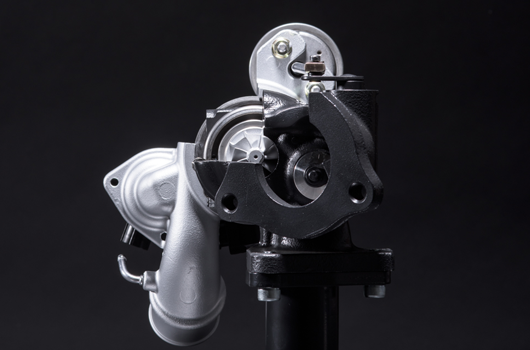 Turbocharger
Turbocharger
A Turbocharger operates the turbine wheel by using exhausted gas vented from the engine. By supplying high-density compressed air into the cylinder, it improves engine performance (output, torque), and fuel efficiency.
-
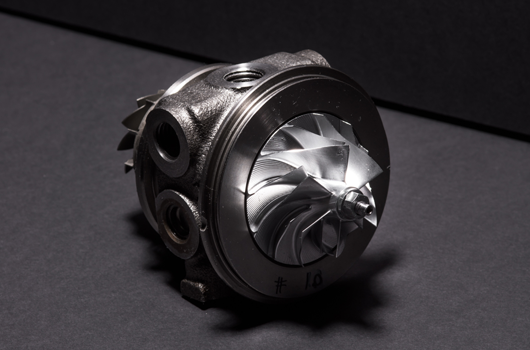 CHRA(Center Housing Rotating Assembly)
CHRA(Center Housing Rotating Assembly)
The CHRA(Cartridge) is one of the core components of a turbocharger. It is composed of a turbine rotor, compressor wheel, and bearing housing. CHRA is mainly responsible for connecting the compressor wheel and the turbine wheel. Oil in CHRA acts as lubricating and cooling liquid which protects lubrication parts from the high temperature exhaust gas from high-temperature exhaust gas by cooling and lubricating the assembly parts.
-
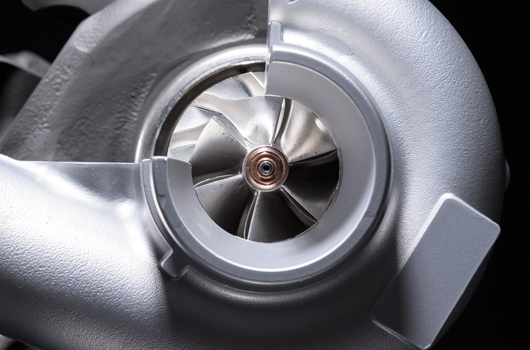 Compressor
Compressor
The compressor compresses the air and transports it to the engine cylinder. It consists of a compressor wheel, diffuser, and scroll. As the compressor rotates, the air gains speed and enters the diffuser. As the diffuser acts as a pathway for the air inside the compressor housing, it also reduces the speed of the air flow and increases its pressure. This high pressure air then moves the manifold through the compressor cover.
-
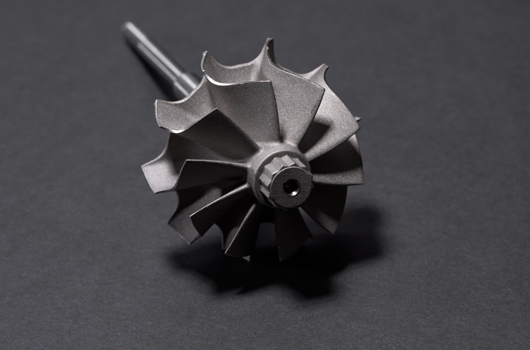 Turbine
Turbine
The turbine operates the compressor using kinetic energy from the exhaust gas. It consists of a turbine housing including an internal scroll and a turbine rotor. Since it is operated by the exhaust gas, the turbine is designed to withstand the high temperatures of the exhaust gas from 800℃ to 1,050℃. Exhaust gas from the engine moves through the manifold in a pulse flow condition; during its flow, the gas passes through several manifolds to prevent interference from exhaust gas leaks from other cylinders, then reaches the turbine housing. When the kinetic energy from the exhaust gas discharges through turbine rotor the turbine rotor converts the kinetic energy to torque and operates the compressor wheel.
-
Turbocharger Structure
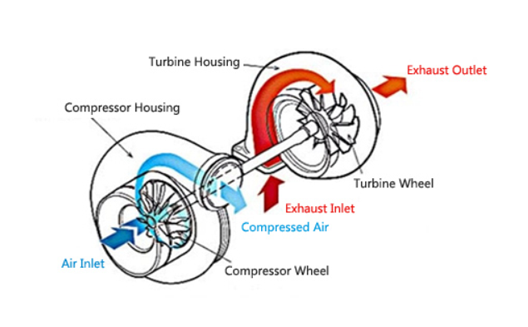
-
Engine Pressed Air Flow Map
